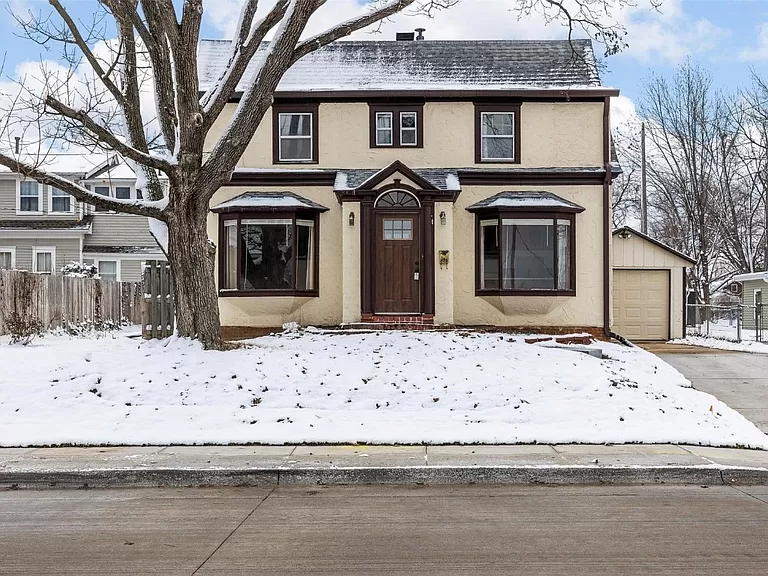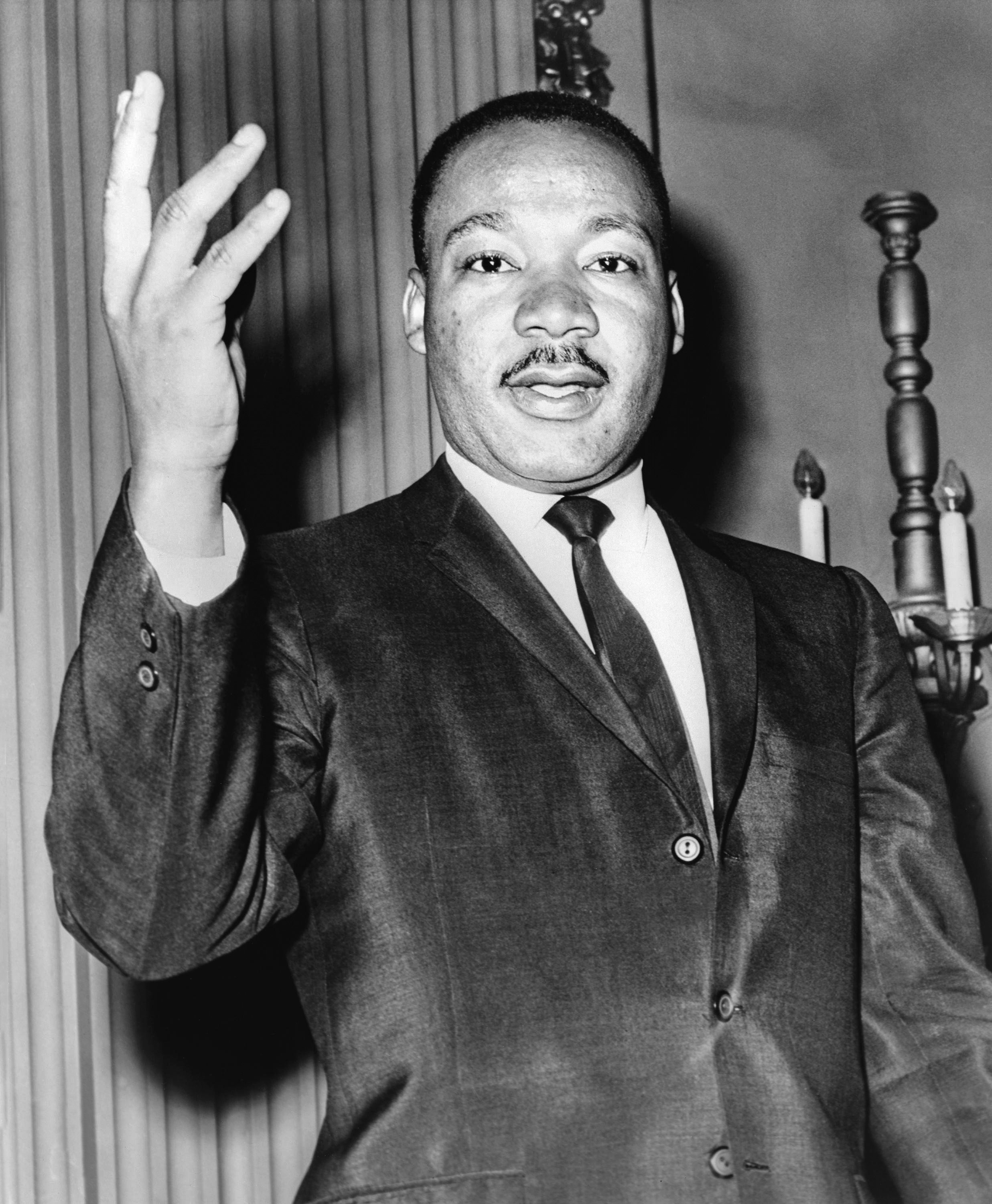 |
| For sale: $165,000 near Bever Park (Source: Zillow) |
Housing prices across the United States have hit what seems to be an all-time high, according to data compiled by Harvard's Joint Center for Housing Studies. Nationally, the ratio of the median sale price to median household income hit 5.6 in 2022, up from 4.4 in 2019. The previous peak, during the 2007 housing bubble, was in the mid-4s. In 2019, San Jose, California, led the country with a ratio of 10.9; it has since risen to 12.0, but Honolulu, Hawaii has surpassed it with 12.1.
The ratio in Cedar Rapids remains about 3, with Iowa City holding at about 4. Ames, Des Moines, and Omaha-Council Bluffs also have ratios about 4 in Iowa.
The Harvard article includes an interactive graphic showing metro home prices across America since 1980. It is well worth the time to play with it for awhile. It reveals the complexity of the national housing problem.
- The price of housing is both a recent problem, and one of long-standing. The numbe of metros with price-to-income ratios over 5.0 went from five (2000) to 15 (2019) to 48 in the most recent data. Some places show persistently high prices, while others have experienced a sudden surge from the 3-4 range. High prices are no longer a characteristic of a few exceptionally hot areas--now they include places like Blacksburg, Virginia; College Station, Texas; Las Cruces, New Mexico; Madison, Wisconsin; and Portland, Maine. The dialogue around housing policy is not new, though, maybe just more urgent. It didn't start with the pandemic, and the easing of supply chain issues seems unlikely to resolve this.
- The price of housing is both a national problem, and one confined to a few regions. The map in Figure 1 clearly shows a swath of the country from upstate New York across the Great Plains where housing prices have not surged. Metros like Chicago, Columbus, Indianapolis, Kansas City, and Minneapolis-St. Paul have poked their heads above 4.0, but a great deal of American territory has not experienced what much of Texas, the Mountain West, and the coasts have. This is not to dismiss places with a 4:1 ratio, though. I imagine 4:1 is a problem for a lot of people, too.
The 2007 bubble burst, with a lot of pain attendant to it, but it did bring prices down in a lot of areas. It's possible that will happen again. It's also possible that demand outrunning supply is a systemic problem, and that it will only get worse. The Harvard study suggests that housing market inflation is slowing down, but that interest rates remain high, and "widespread inventory shortages" aren't going anywhere anytime soon.
There are solutions to short supply, mainly involving deregulation of things like lot sizes that allows more housing to be built in high-demand places. Most municipalities can't afford to sprawl further--though some may not realize it--so that requires overcoming local resistance to density. Governments at all levels can help with affordability, although increasing buying power without increasing supply can aggravate inflation (Phillips 2020, ch. 1). Iowa keeps waiting for an influx of people from high-cost areas, but it hasn't happened yet. If it did, it might just spread out the problem rather than solving it. Still, we could think about why the country is divided between "hot" and "not hot" areas, and what can be done to raise the temperature in the latter places.
SOURCE: Alexander Herrmann and Peyton Whitney, "Home Price-to-Income Ratio Reaches Record High," Joint Center for Housing Studies (Harvard University), 22 January 2024
SEE ALSO:
Chris Herbert, "Five Barriers to Greater Use of Manufactured Housing for Entry-Level Homeownership," Joint Center for Housing Studies (Harvard University), 23 January 2024
Diana Ionescu, "What Drives the High Cost of Housing?" Planetizen, 23 January 2024
Shane Phillips, The Affordable City: Strategies for Putting Housing Within Reach (And Keeping It There) (Island, 2020)
Jenny Schuetz, "To Meet Today's Critical Housing Challenges, HUD Needs a Broader, Bolder Vision," Brookings, 22 January 2024
PREVIOUSLY ON THE MOUNTAIN:
"Housing Policy," 1 July 2021
"What Can Be Done About Homelessness?" 8 January 2024

















